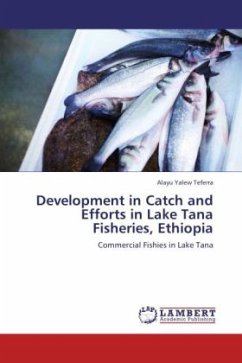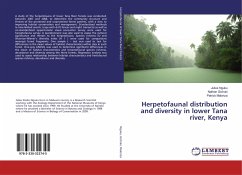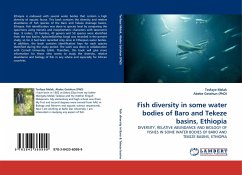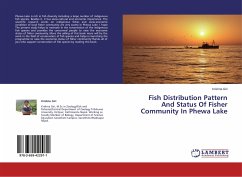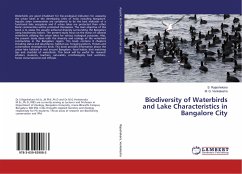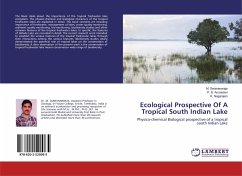The fish communities in Ethiopian fresh water systems vary according to the different river basins and environmental conditions. Lake Tana is one of the few African lakes which have not yet been damaged by introduced fish species. Prior to 1986 Lake Tana fisheries consisted of only artisanal, predominantly subsistence reed boat fishery. This type of fishery is limited to the shore areas and targets of the native Nile tilapia (Oreochromis niloticus), beso (Varicorhinus beso) and Labeobarbus using locally made fish traps and small gillnets. For this study the catch and effort records of the three commercial fish species in Lake Tana was used for the analysis. This book describes research findings on the developments of catch and effort in the Lake Tana fisheries and variations of fish stock biomass of this largest Ethiopian Lake between the two periods.

